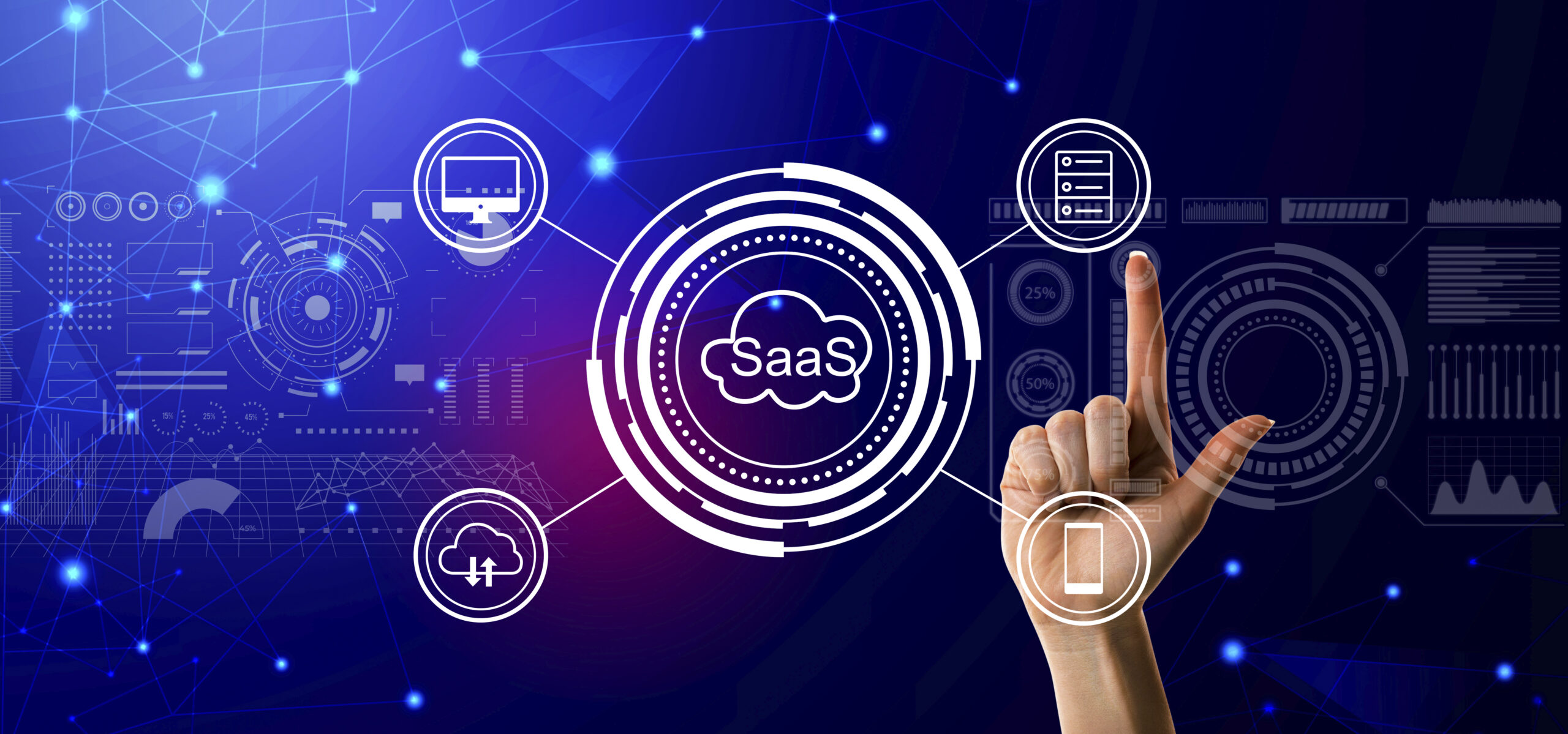Managing invoices efficiently is a cornerstone of any successful business. In today’s digitally driven world, manual billing processes are slow, error-prone, and outdated. An ERP Invoice System offers a streamlined, automated solution to manage invoicing, billing, payment tracking, tax calculations, and financial compliance — all in a centralized platform. Whether you’re a startup, SME, or large enterprise, adopting an ERP invoice system can transform your financial operations.
What Is an ERP Invoice System?
An ERP Invoice System is a core component of an Enterprise Resource Planning (ERP) software suite designed to automate the end-to-end billing and invoicing process. It enables businesses to create, send, and manage invoices while integrating seamlessly with accounting, sales, inventory, procurement, and CRM systems.
By unifying these departments, an ERP invoice system reduces redundant data entry, improves accuracy, and provides real-time insights into accounts receivable, customer balances, and cash flow.
Key Features of an ERP Invoice System
1. Automated Invoice Generation
ERP software automates invoice creation based on sales orders, delivery notes, or project milestones. It ensures consistency in formatting, eliminates human error, and significantly speeds up the billing cycle.
2. Multi-Currency and Multi-Tax Support
For businesses operating globally, ERP systems handle multi-currency invoicing and support various tax structures like GST, VAT, or sales tax. The system auto-calculates taxes based on geography, ensuring global compliance.
3. Customer and Vendor Invoice Management
ERP platforms manage both customer invoices (accounts receivable) and vendor bills (accounts payable). This unified view enables better tracking of cash inflows and outflows.
4. Recurring Invoicing
Ideal for subscription-based or service businesses, ERP systems can automatically generate recurring invoices at set intervals. This reduces manual effort and ensures timely billing.
5. Integration with Inventory and Sales
An ERP invoice module pulls real-time data from sales orders, inventory, and delivery systems, ensuring that invoices match actual goods shipped or services rendered.
6. Payment Tracking and Reconciliation
ERP systems track payments received and pending invoices. Automatic payment reconciliation with bank feeds or payment gateways provides accurate updates to the ledger and enhances financial transparency.
7. Credit Notes and Adjustments
If a customer returns a product or receives a discount, ERP software can generate credit notes or invoice adjustments while maintaining clear audit trails.
8. PDF Invoicing and Email Delivery
Most ERP platforms offer branded invoice templates, automatic PDF generation, and direct email dispatch to customers. This reduces paperwork and expedites payment cycles.
9. Real-Time Reporting and Analytics
Built-in dashboards and reports offer insights into overdue invoices, customer payment history, and collection efficiency. Finance teams can take quick action using data-backed decisions.
10. Compliance and Audit Readiness
ERP invoicing ensures compliance with local laws and tax regulations. Audit logs, digital signatures, and secure records make it easier to maintain regulatory compliance.
Benefits of Using an ERP Invoice System
Faster Invoicing and Payment Collection
With automation, businesses can generate and send invoices instantly, reducing billing delays and improving cash flow.
Increased Accuracy and Fewer Disputes
Automated data entry from ERP modules minimizes human error and reduces invoice disputes, leading to stronger customer relationships.
Improved Cash Flow Visibility
Real-time dashboards offer up-to-the-minute data on outstanding invoices, overdue payments, and customer balances, empowering better financial planning.
Reduced Administrative Costs
By eliminating manual tasks like paper invoicing and manual follow-ups, companies cut operational costs and improve employee productivity.
Scalability for Growing Businesses
ERP invoice systems can scale easily with your business, accommodating new customers, regions, tax rules, and product lines without additional infrastructure.
voice System
When selecting an ERP invoicing solution, keep the following in mind:
- Business Size and Complexity – Larger enterprises may need deeper customization, while smaller businesses may prefer ease of use.
- Industry-Specific Needs – Look for industry-specific billing features such as milestone-based invoicing in construction or usage-based billing in SaaS.
- Customization and Templates – Ensure the system supports branded templates and customizable invoice formats.
- Regulatory Compliance – Choose a system that supports tax compliance, e-invoicing mandates, and electronic audit trails.
- Integration Capabilities – Seamless integration with CRM, banking, inventory, and POS systems is essential.
- Mobile Accessibility – Look for solutions offering mobile apps for invoice creation and tracking on the go.
Future Trends in ERP Invoicing
1. E-Invoicing and Government Portals
Countries are enforcing e-invoicing compliance through government portals. ERP systems are evolving to auto-generate and transmit invoices as per local mandates (e.g., GSTN in India, PEPPOL in Europe).
2. AI-Based Invoice Processing
AI-enabled systems can auto-validate invoices, match them with orders, and flag anomalies, reducing the need for human oversight and boosting compliance.
3. Blockchain for Invoice Authenticity
Some ERP providers are integrating blockchain to enhance invoice integrity, track fraud, and improve transparency in B2B transactions.
4. Voice-Activated and Chat-Based Invoicing
Voice assistants and chatbots are being introduced in ERP systems to help users create or retrieve invoices through natural language commands.
Conclusion
An ERP Invoice System is much more than a digital billing tool — it’s a strategic asset that transforms your financial workflows. By integrating with other business functions, automating routine tasks, and providing real-time insights, it empowers businesses to operate more efficiently and scale with confidence.
If your organization still relies on outdated manual processes, now is the time to adopt a modern ERP invoicing system and drive accuracy, compliance, and growth.













